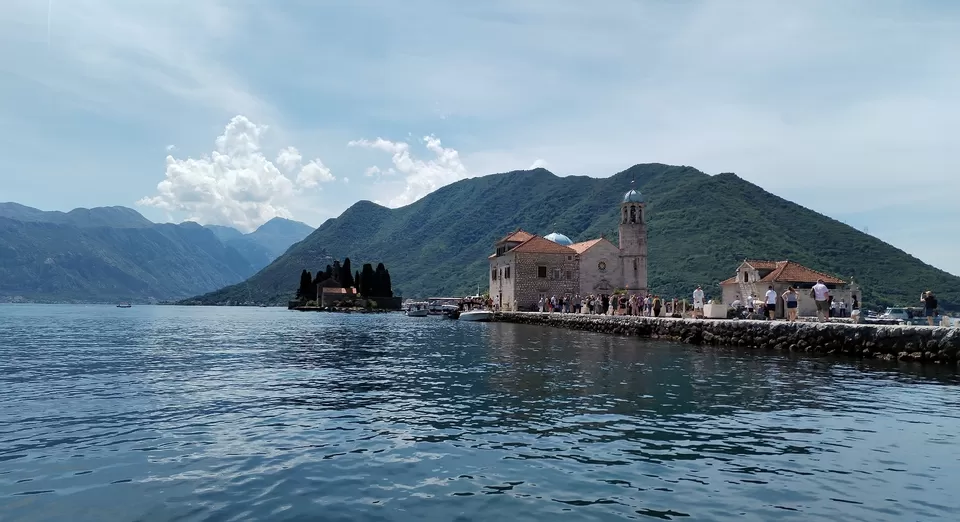
Montenegro, a teeny-weeny country on Europe’s Dalmatian coast, is a delightful place to spend a weekend or a couple of days. On a summer trip to Switzerland, Croatia and Austria with my friend Lakshmi, I managed a day trip to this quaint little country, whose name literally means ‘Black Mountain’ in Italian. We were parked in Dubrovnik, Croatia for a few days and we weren’t sure if our Schengen visa was good for Montenegro. However, the hotel staff assured us we would be just fine. So we hired a private taxi for a day trip to Perast, Kotor Bay and Budva.
The coastal road presented exquisitely beautiful landscapes and border crossing was a cakewalk. Just before the border we stopped at a mini supermarket where we had a most delicious ice-cream. Then it was onward to Montenegro.
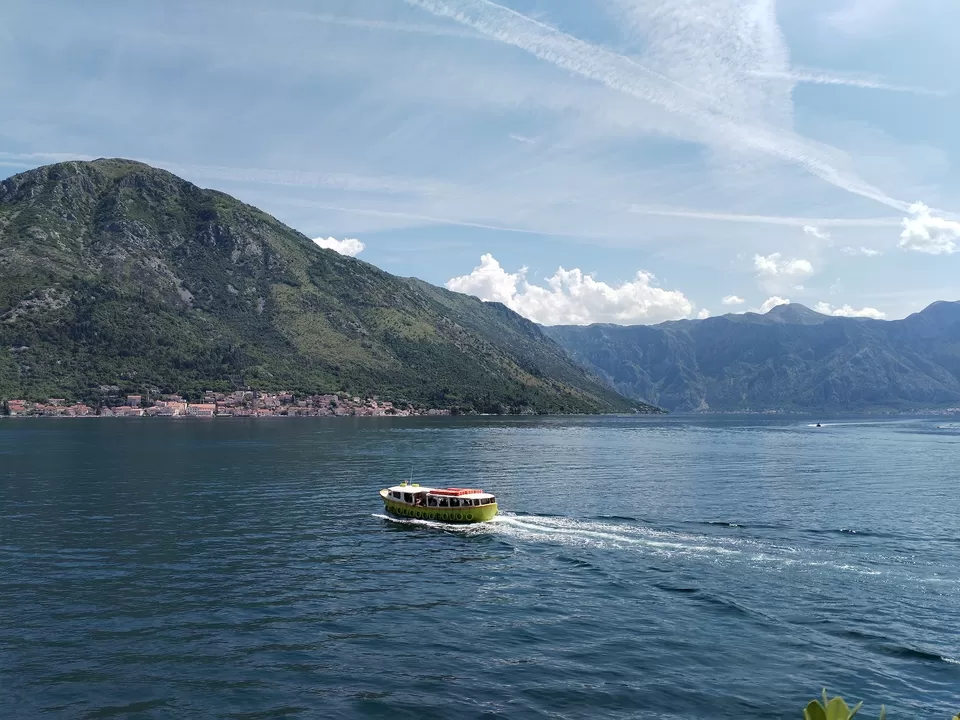
Our first stop was at Perast, a quaint coastal town, believed to have been founded by the Illyrians in the distant past. Not very far from the mainland in the Bay of Kotor (Boko Kotorska) we find two small islets. On one of these lies the Church of Our Lady of the Rocks, or Gospa od Škrpjela in the local lingo. According to legend, two Venetian sailors from Perast swore an oath to the icon of Madonna and Child which was seen on a rock in the bay. Thereafter they laid rock upon rock whenever they returned from a successful voyage, and over time the small island emerged. A motorboat took us there. The church exhibits several works of art, among them a ten-meters long piece titled ‘The Death of the Virgin’. The views from the top were heart-warming, the weather pleasant, the tourists teeming. Kotor was under Italian occupation during World War II. Another tiny islet is the St. George Island or Sveti Dorde Island, which also has a chapel.
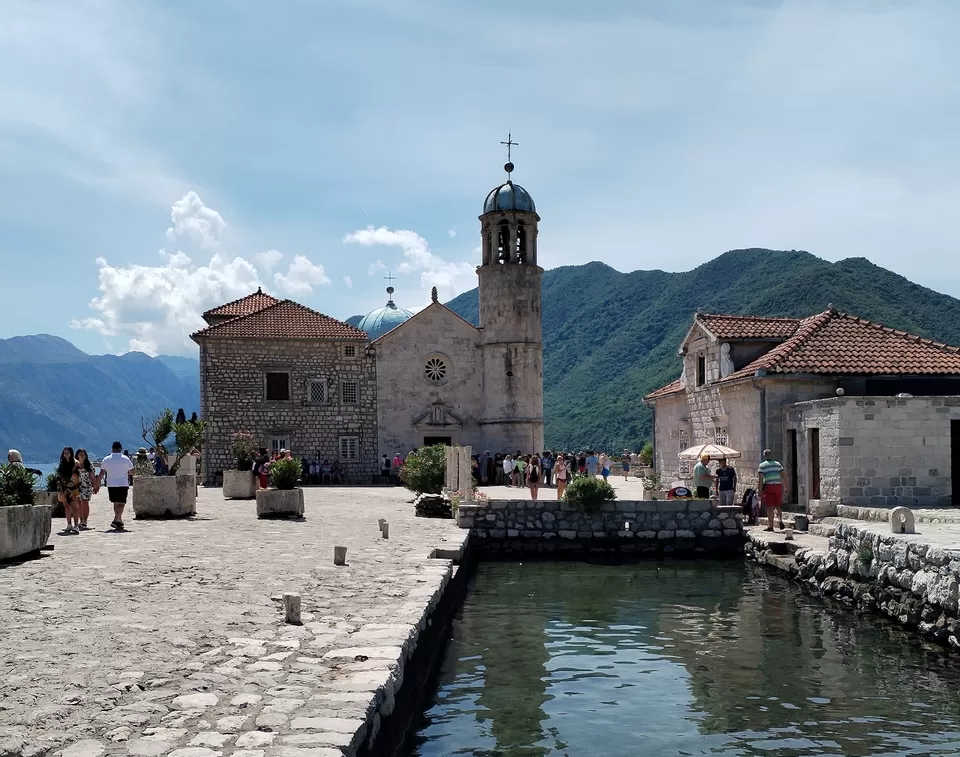
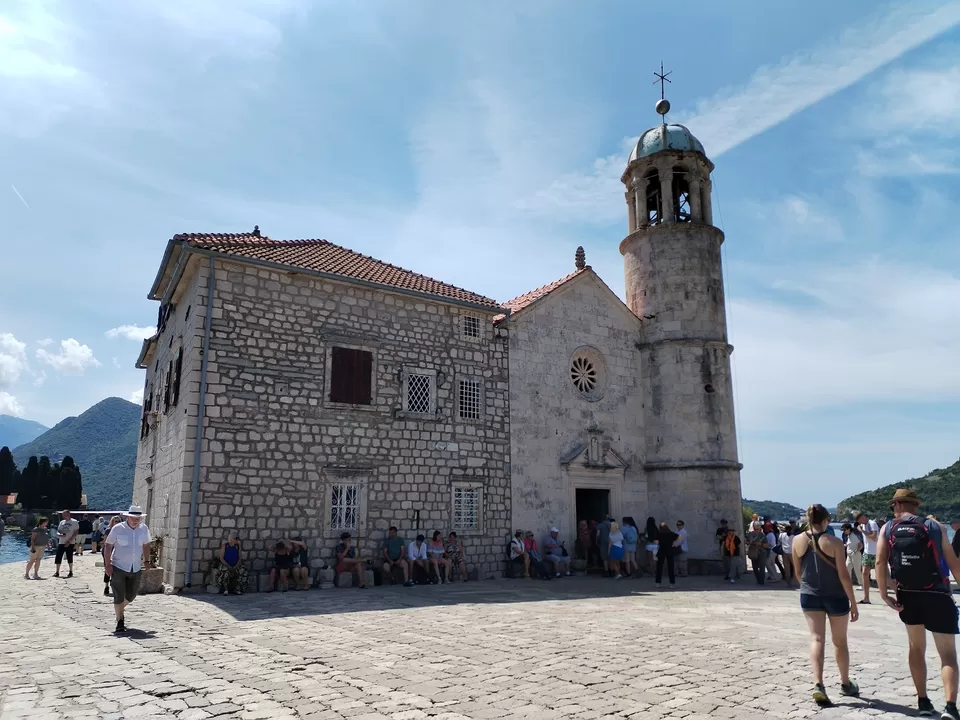
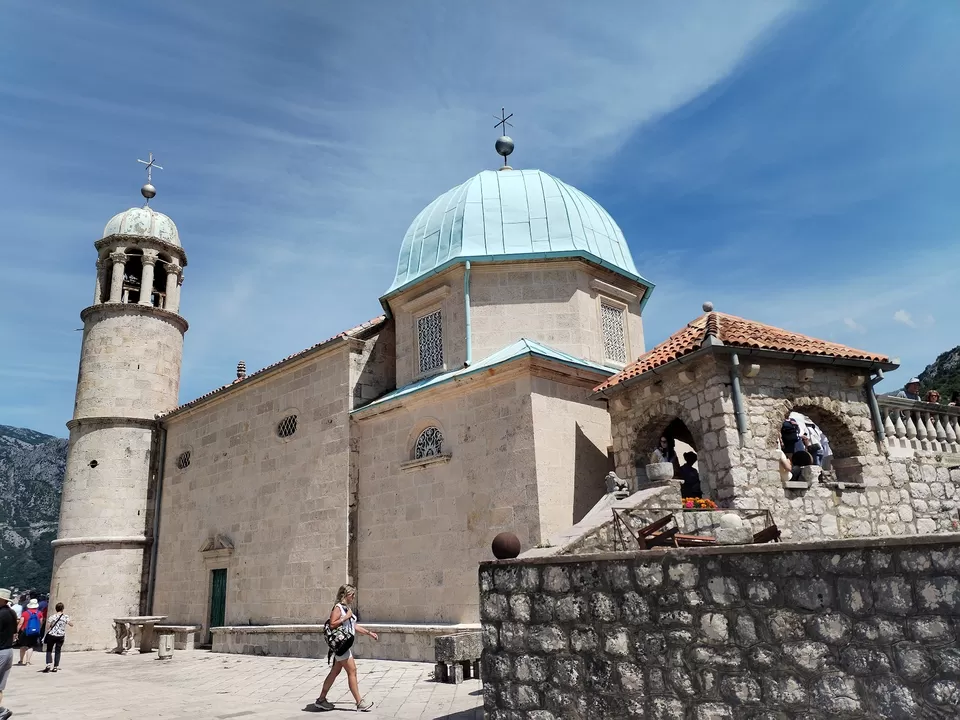
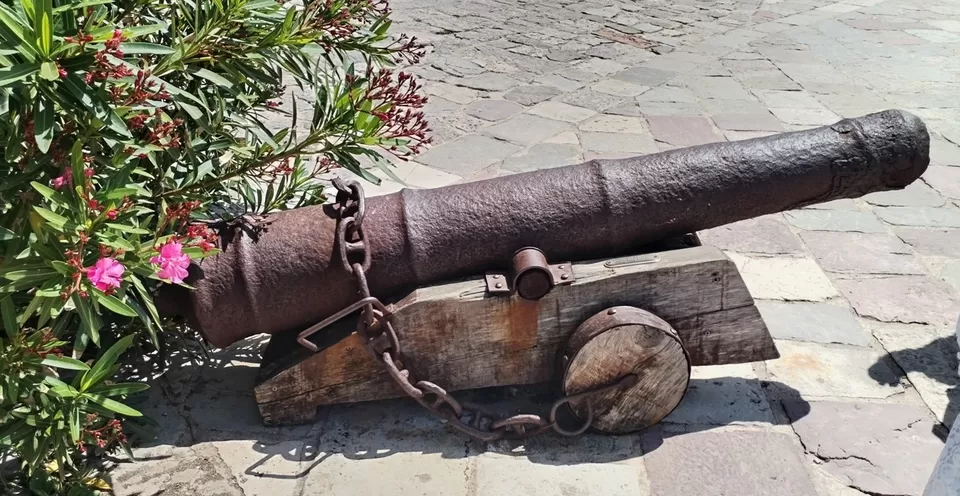
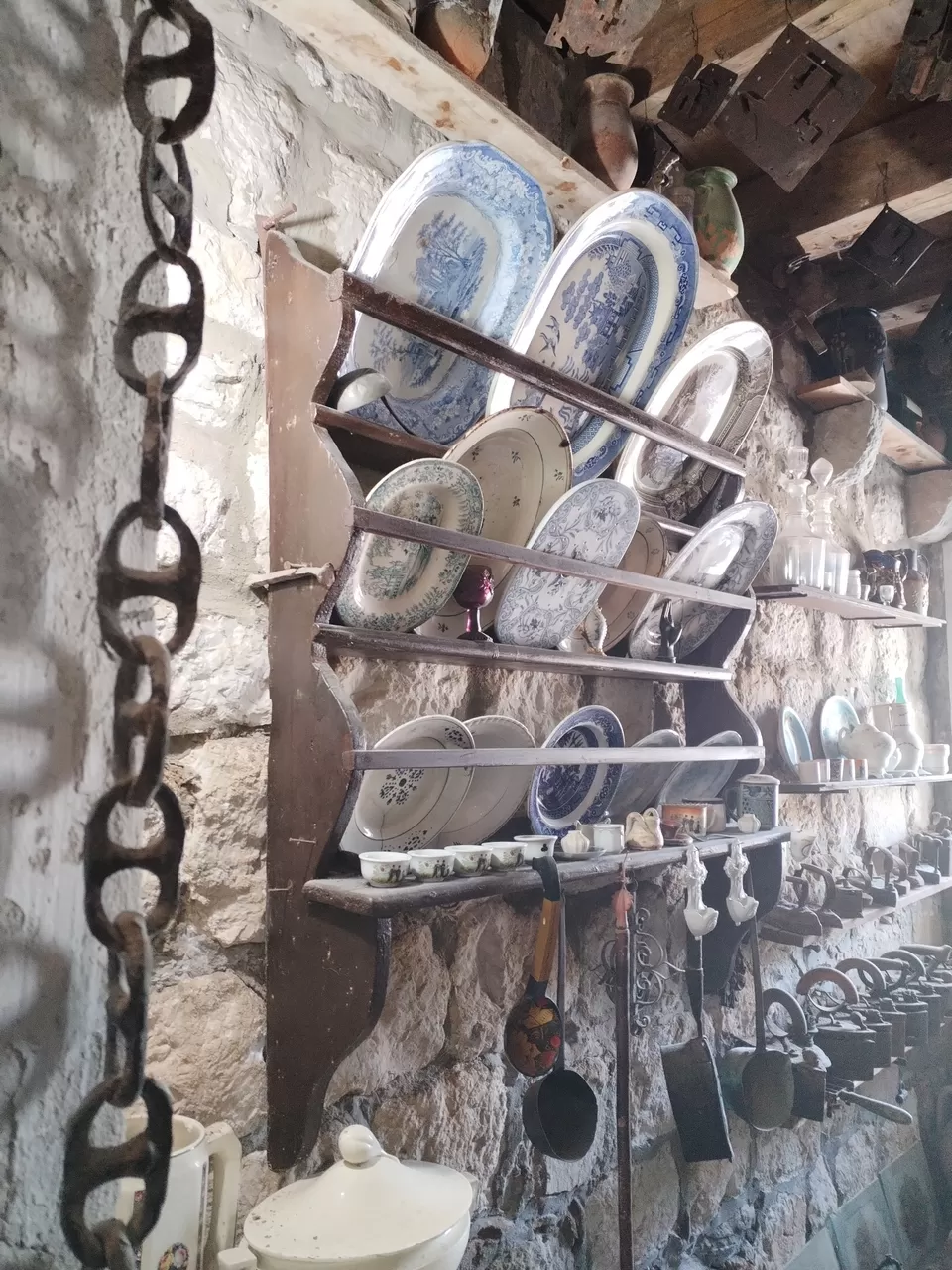
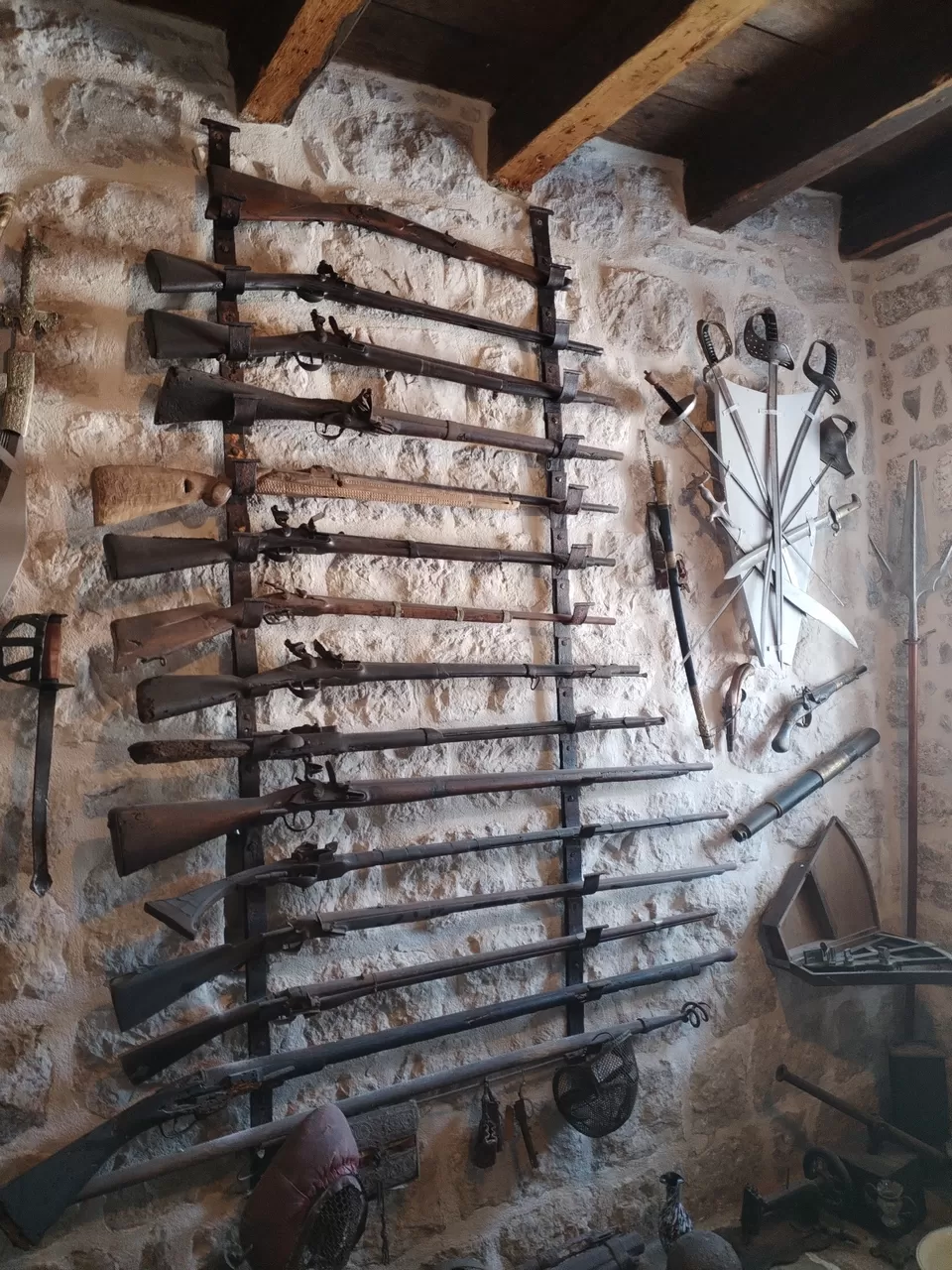
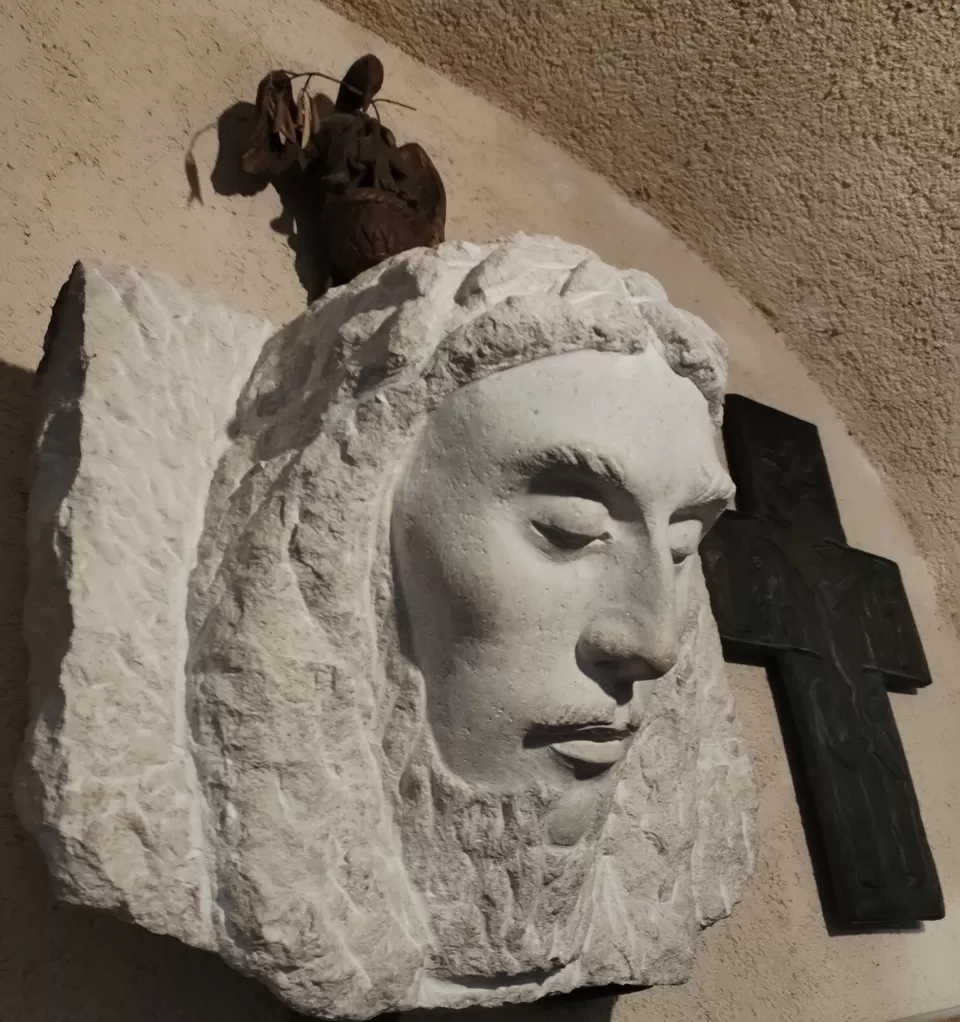
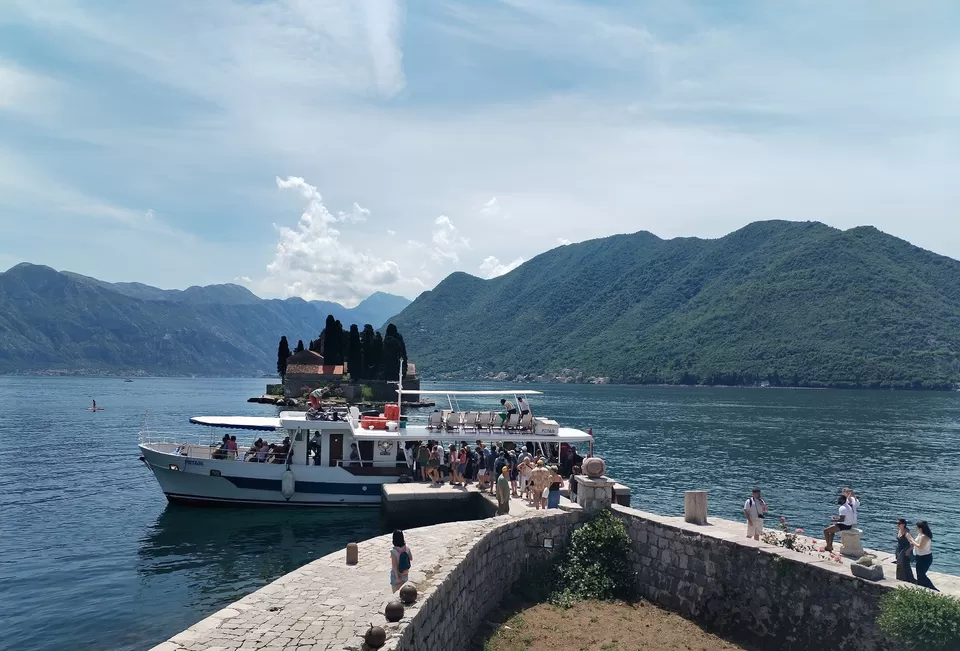
Podgorica, the capital of this Balkan nation, is located in the interior. We did not venture to go there. Cetinje was the capital once upon a time. We didn’t go there either. Montenegro has many neighbours – Bosnia and Herzegovina (we went there too), Albania, Kosovo, Serbia, and Croatia. On the western border lies the Adriatic Sea and across the sea lies Italy. Towards the east you find the Dinaric Alps. On the southern border with Albania lies the magnificent Lake Scutari (Skardarsko Jezero).
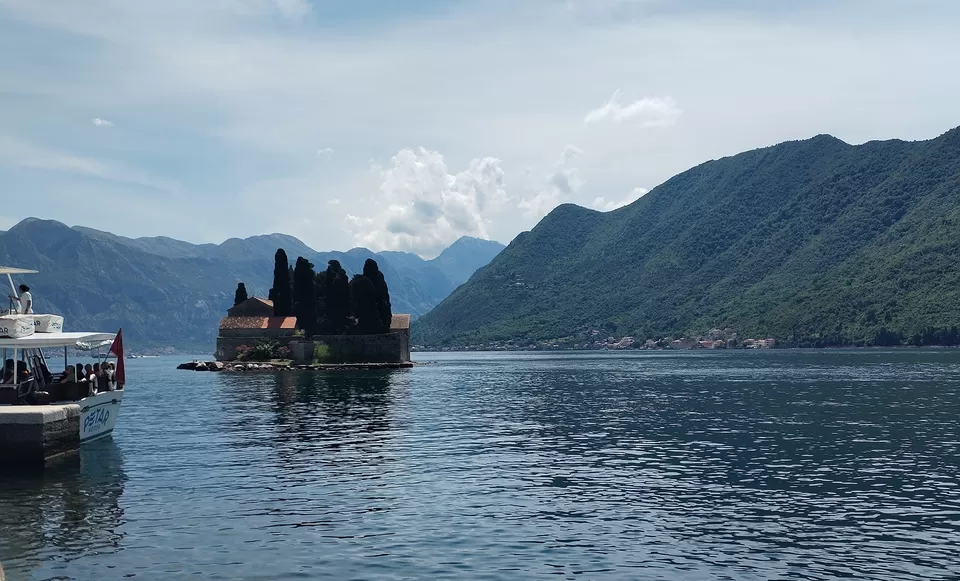
The region was occupied by the Illyrians in ancient times. (Today modern Albanians also claim descent from these enigmatic people of whom little is known.) There were attacks by the Greeks, Romans, Goths and others over the centuries. The Slavs moved in during the 6th and 7th centuries. In more recent times the Ottomans attacked the area and today we can see traces of their presence in various places. The locals seem to have fought back and retained their identity through all the trials and tribulations, and today the tourist guides speak proudly of their independent spirit. Cetinje for instance was captured thrice by the Ottomans in the 17th and 18th centuries, but they failed to hold it. The inhospitable terrain, food scarcity, and the fierce resistance of the people ensured this outcome. Montenegro also seems to have had diplomatic ties with Venice down the ages, and in the 20th century with communist Russia.
For the greater part of the 20th century Montenegro was a part of Yugoslavia, and when that country broke into fragments, Serbia and Montenegro formed a single unit, later going their separate ways in 2006. The country is sparsely populated. There are sizeable numbers of Serbs, Bosniaks, Croats and Albanians. The language is Montenegrin, which closely resembles the languages spoken in the neighbouring countries, so they all understand each other. The religion is orthodox Christian. Many of the Bosniaks are Muslims. Montenegro recently joined NATO, much to the discomfiture of Moscow. The euro is used everywhere, though Montenegro is not part of the European Union. Our Schengen visas were waved through at the border. The driver took our passports to border control. No questions asked.
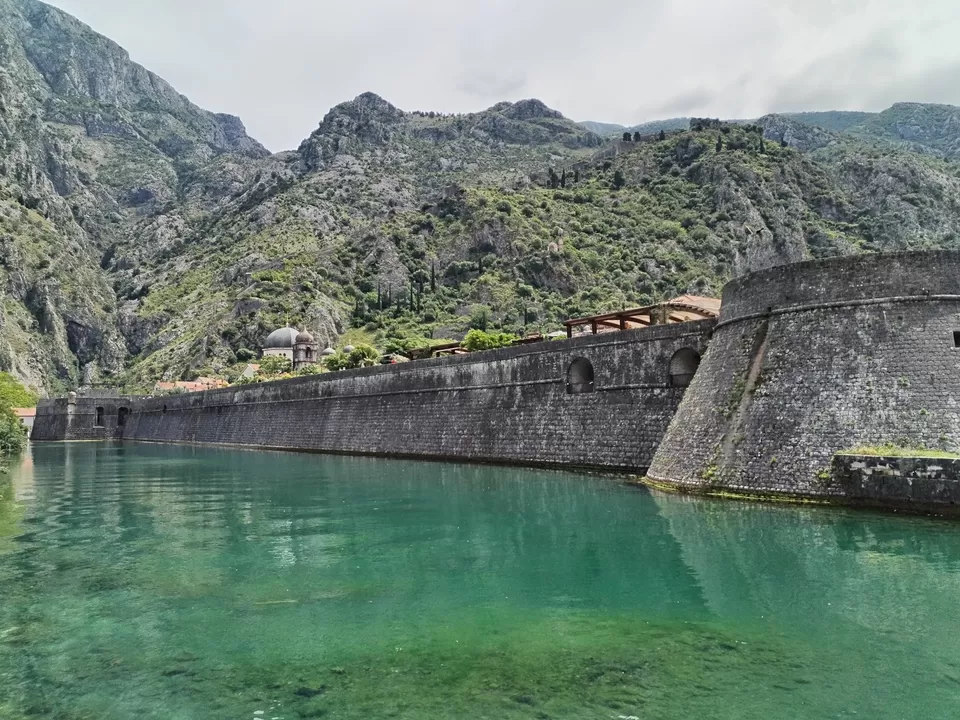
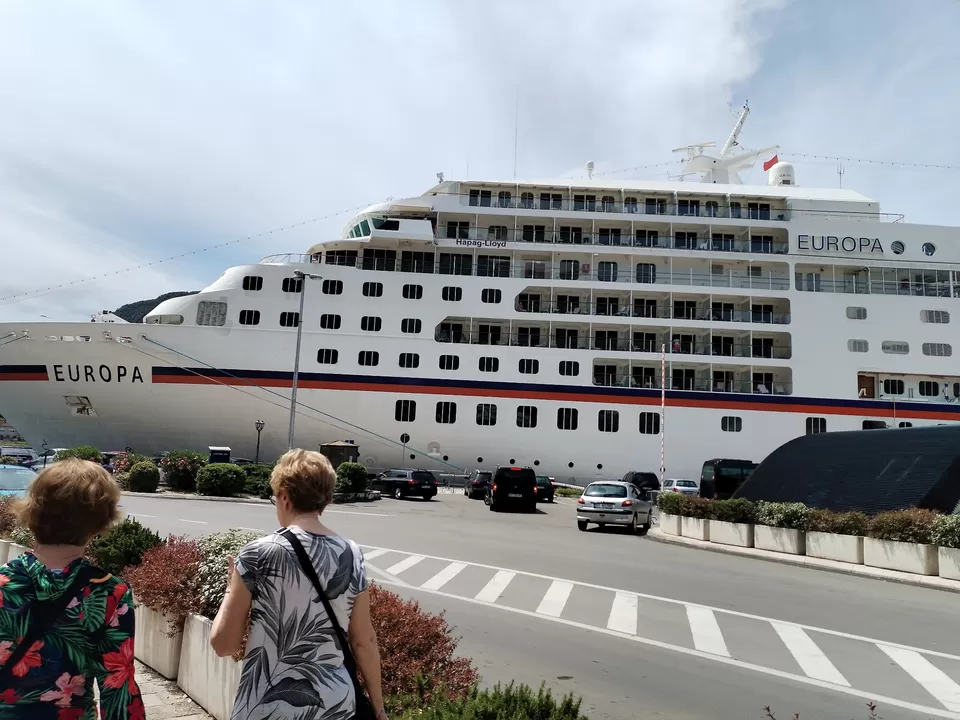
From Kotor Bay we went on to Budva which was destroyed by an earthquake in 1979 and quickly rebuilt. The old town is interesting. It has a massive bell that was made for shooting a movie in the 1960s. There is a genuine anchor nearby. You can see cruise ships and luxury yachts in the harbour. The old walled medieval city is full of narrow cobbled lanes and cute little shops catering to tourists. There were many cat shops – shops selling exclusive cat souvenirs. We couldn't resist buying a few. Kotor is literally ‘Cat-oor’, to give the name a south Indian twist. (‘Oor’ means village in Tamil.) Cats were seen everywhere – it seems they are revered, fed and feted all along the Kotor Bay. Our driver told us that in the distant past they were brought into the country to combat a deadly plague by destroying the vermin. The strategy worked, and since then cats have been viewed with utmost respect.
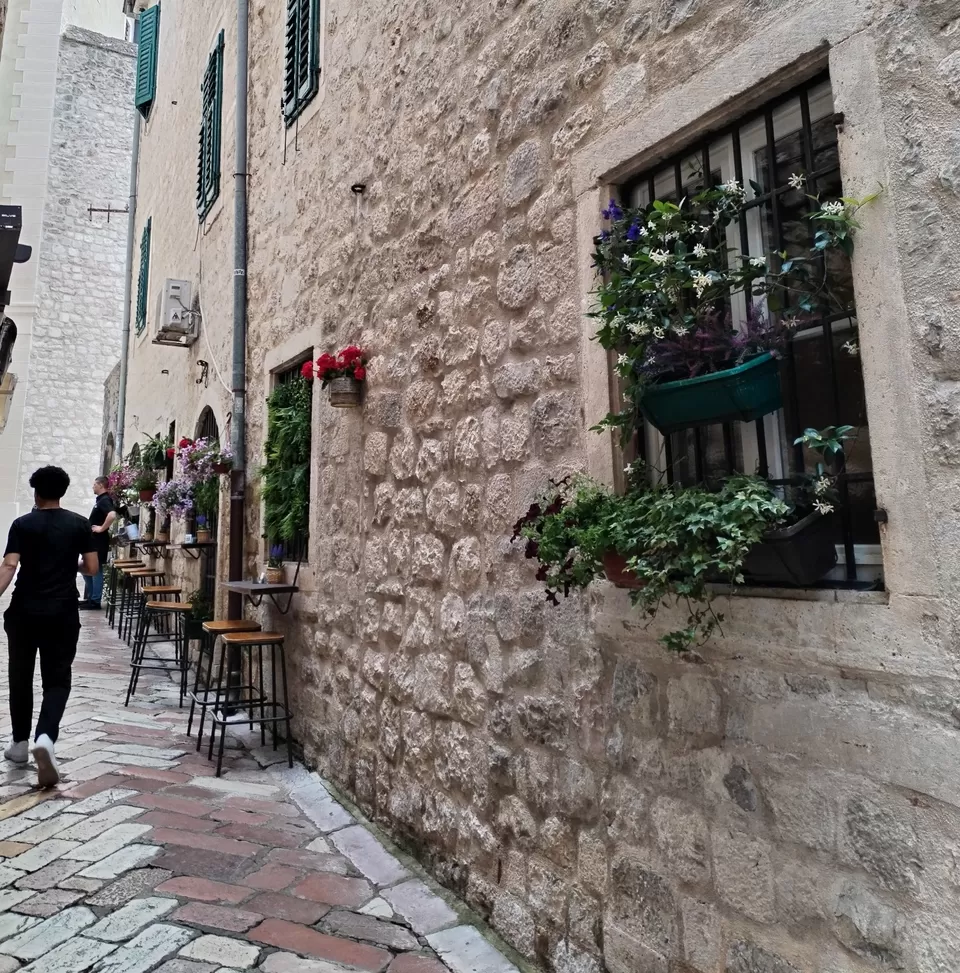
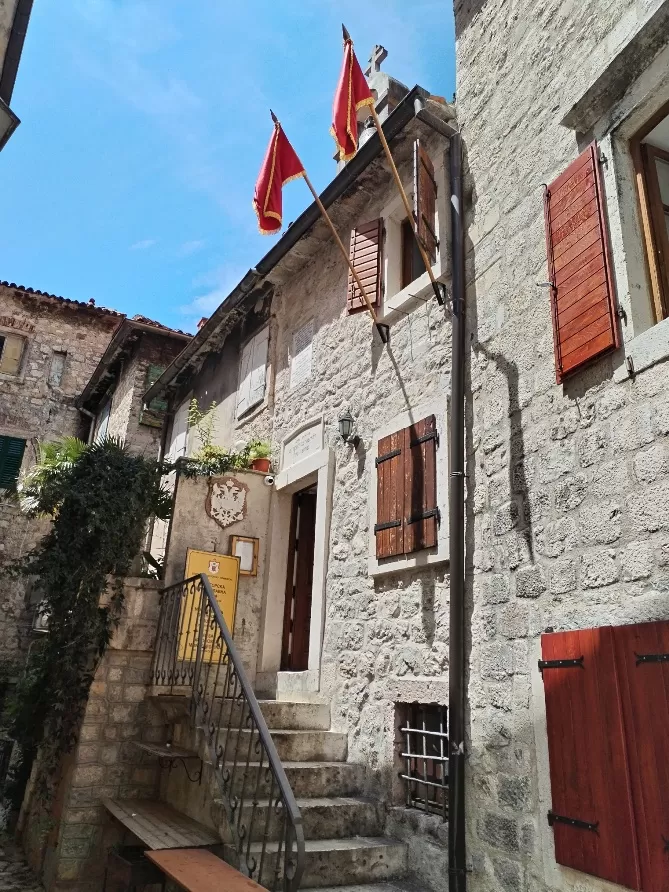
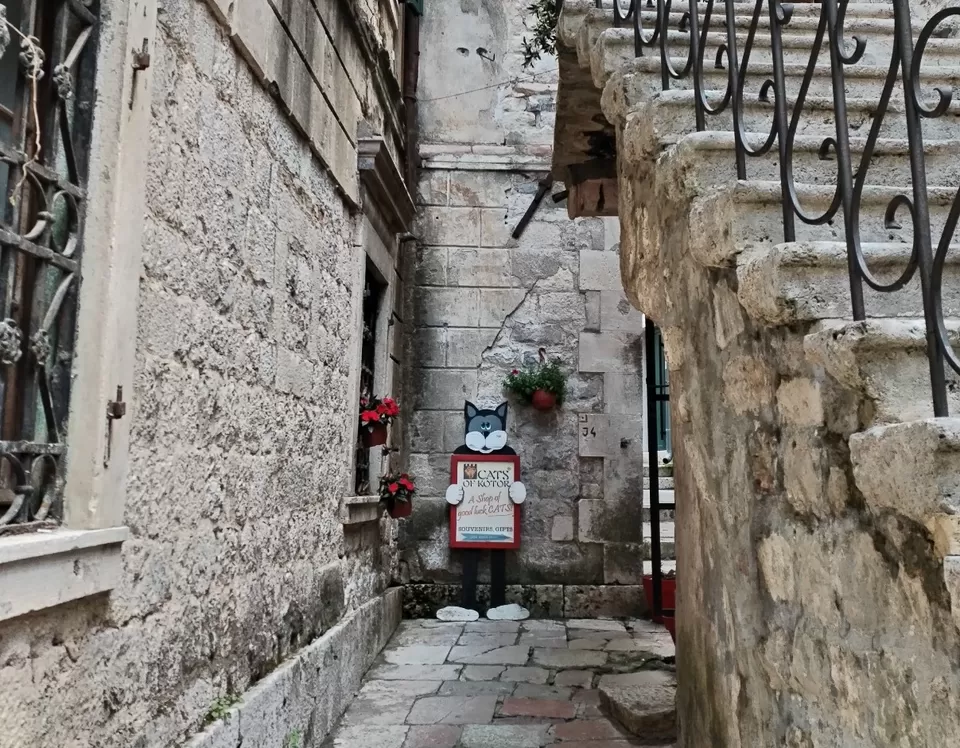
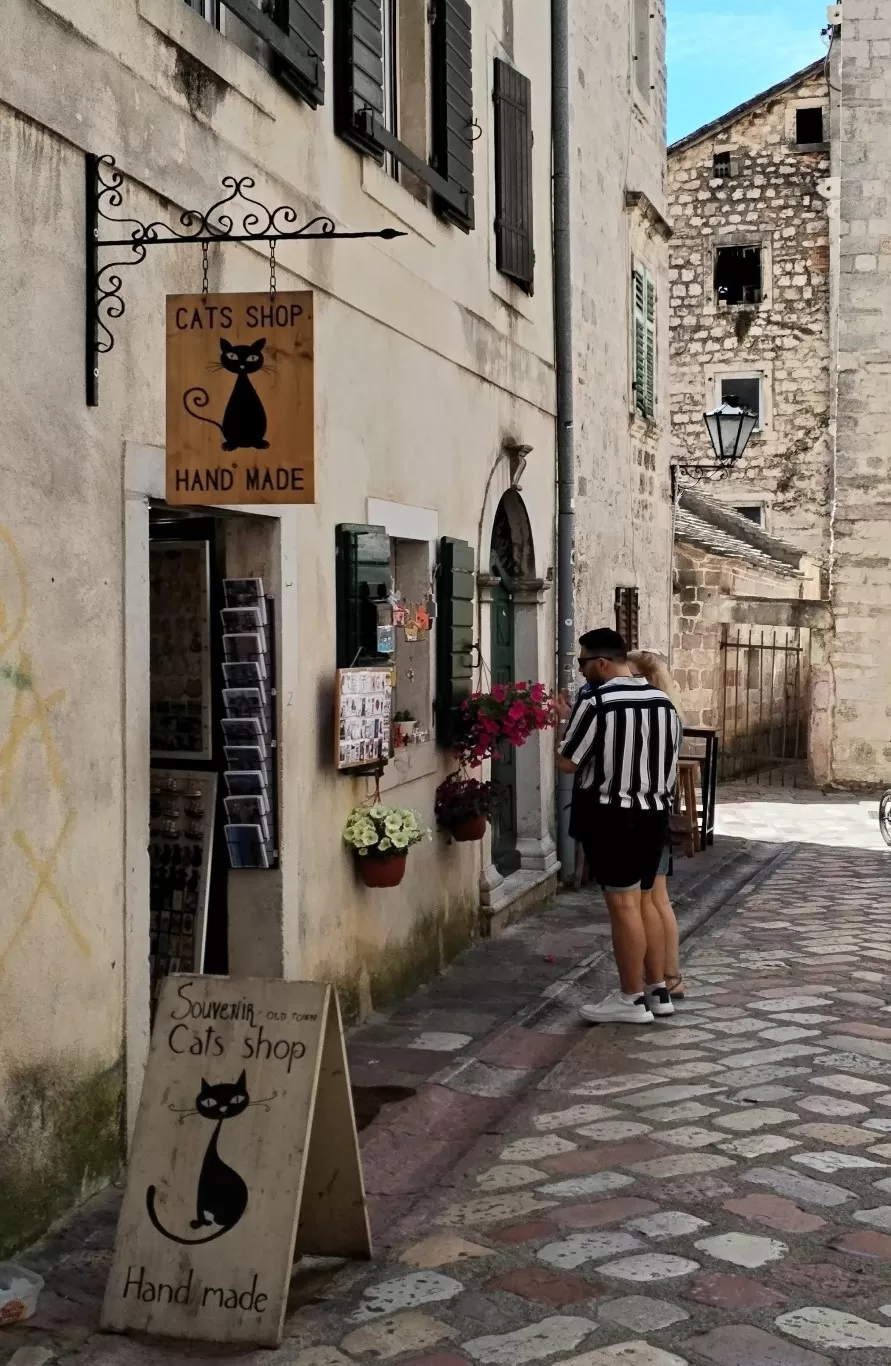
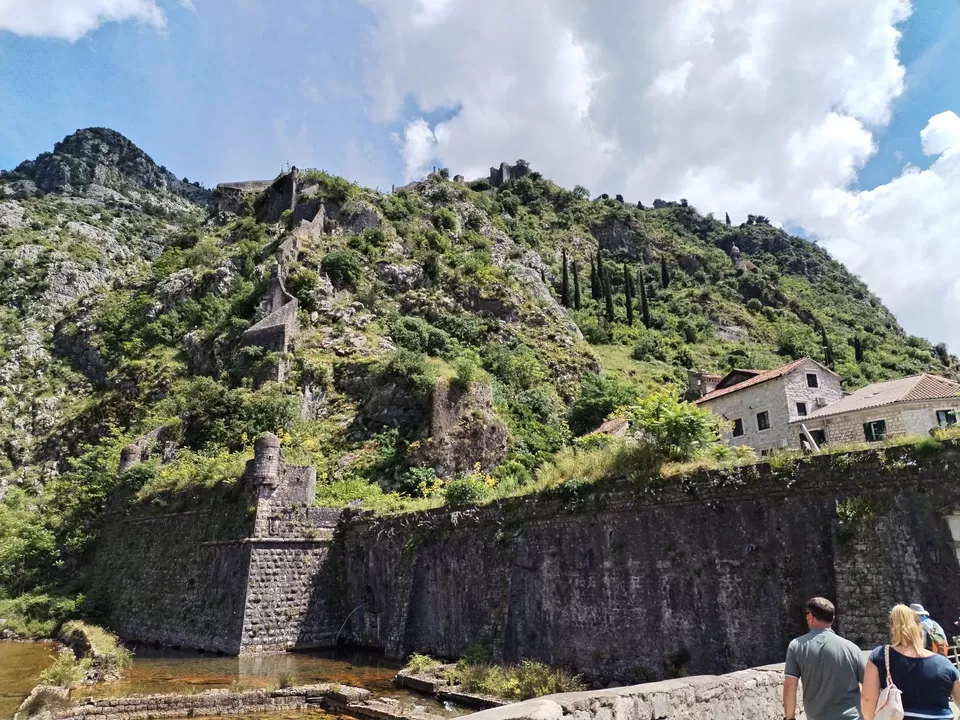
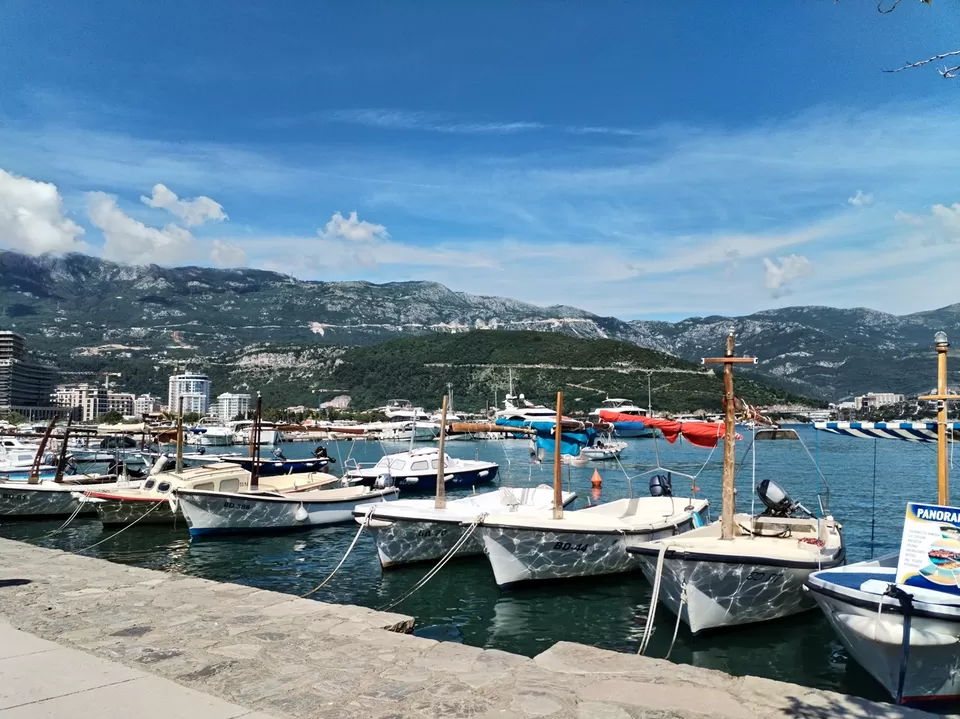
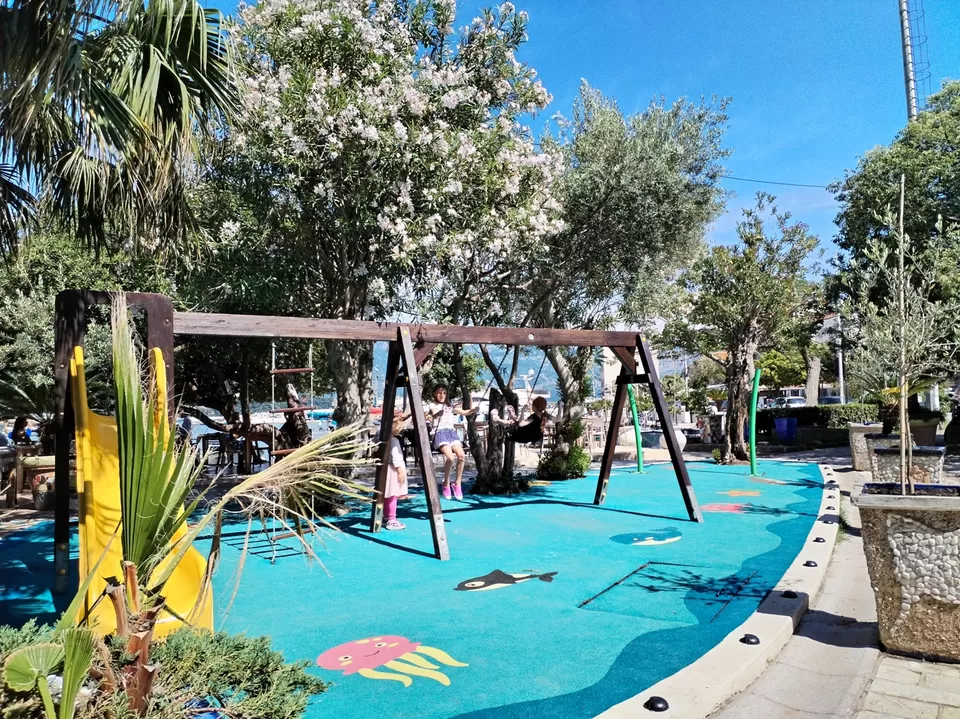
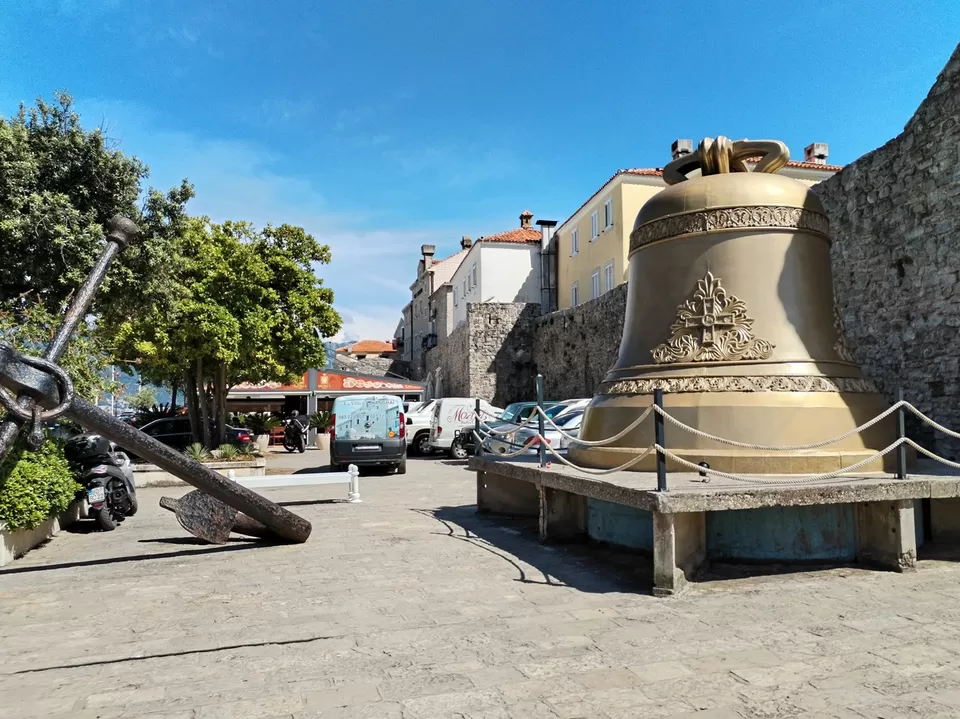
Budva is 2500 years old, in fact one of the oldest settlements on the Adriatic coast. In the pre-Christian era it was colonized by the Greeks and Romans in turn. Later in the 6th century it became part of the Byzantine empire. The Venetians ruled from 1420 to 1797. Later the French and the Austrians came in. The massive city walls and citadel, built by the Venetians to keep away the Turks, showcase the lion of St. Mark in many places. There is a steep climb if you want to get to the top. The Austrians were evicted in 1918. We didn’t stay long in Budva because we needed to head back to Dubrovnik.
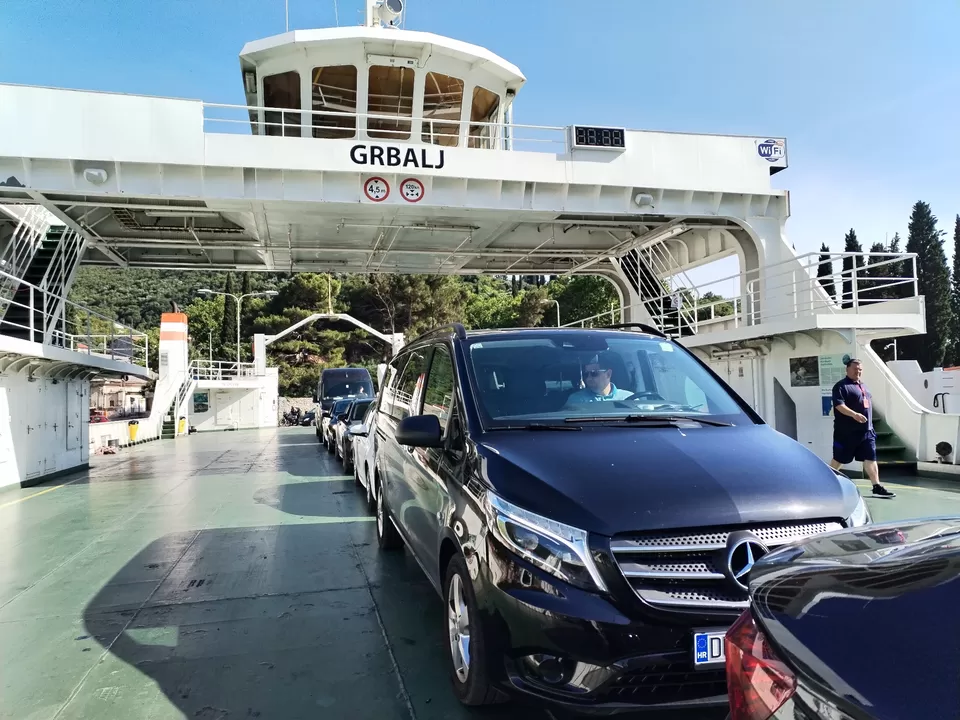
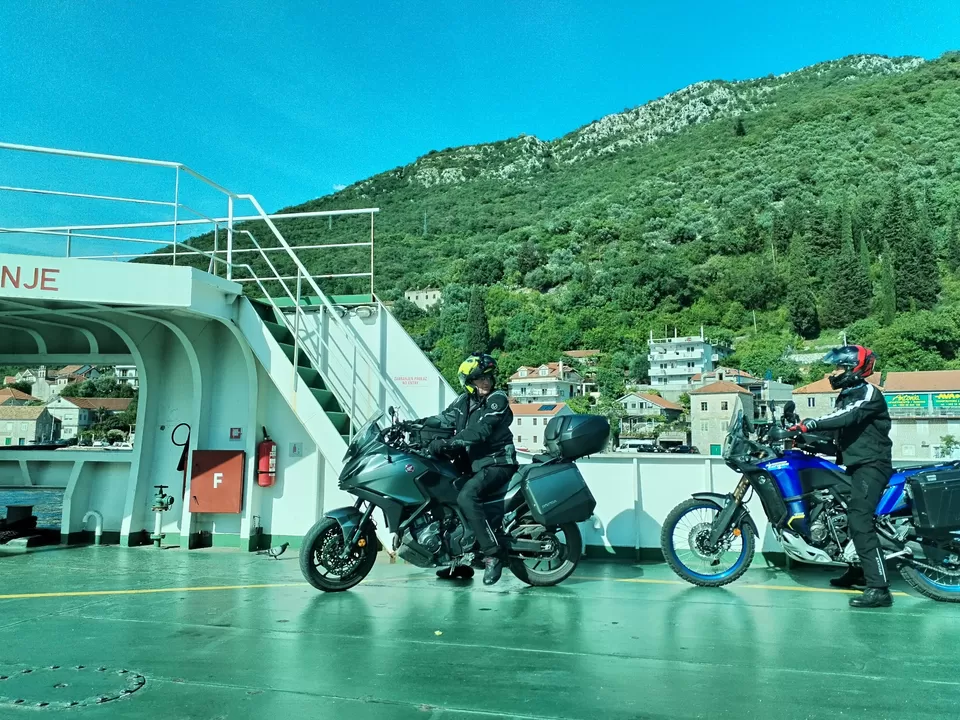
Once we were back to the Kotor Bay area we did not take the coastal road. Instead, our car took a ferry ride from Tivat to Herceg Novi across the 1000 feet Verige Strait. A 10 minute ride saved us 30 kms. It was exciting and the views of the coast were beautiful indeed. No wonder they say Kotor Bay is one of the most bays in the world.

